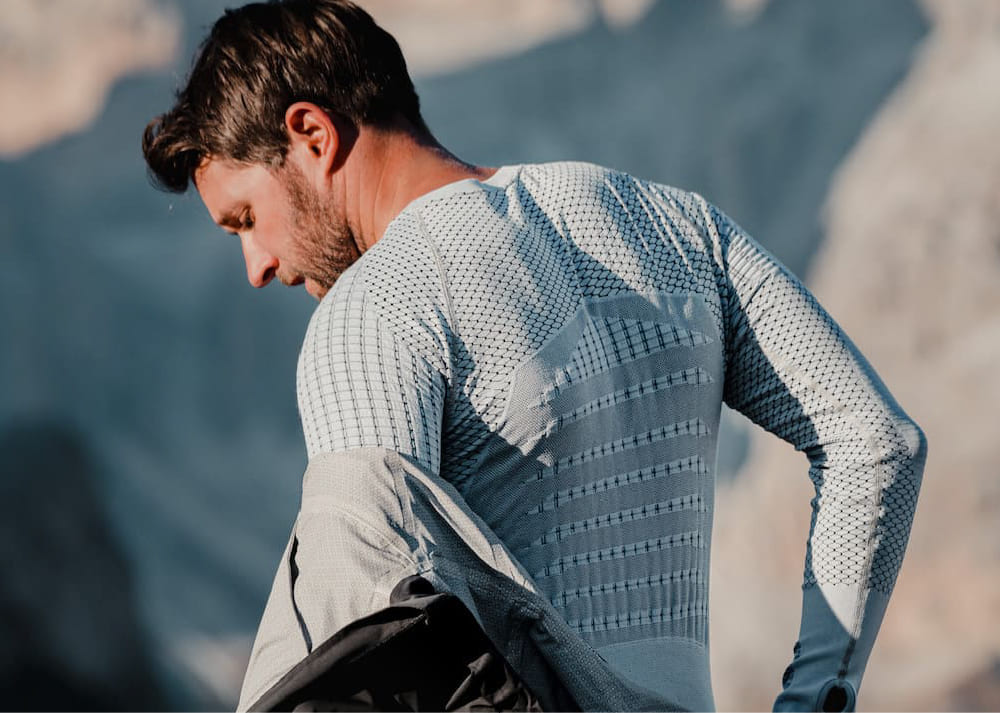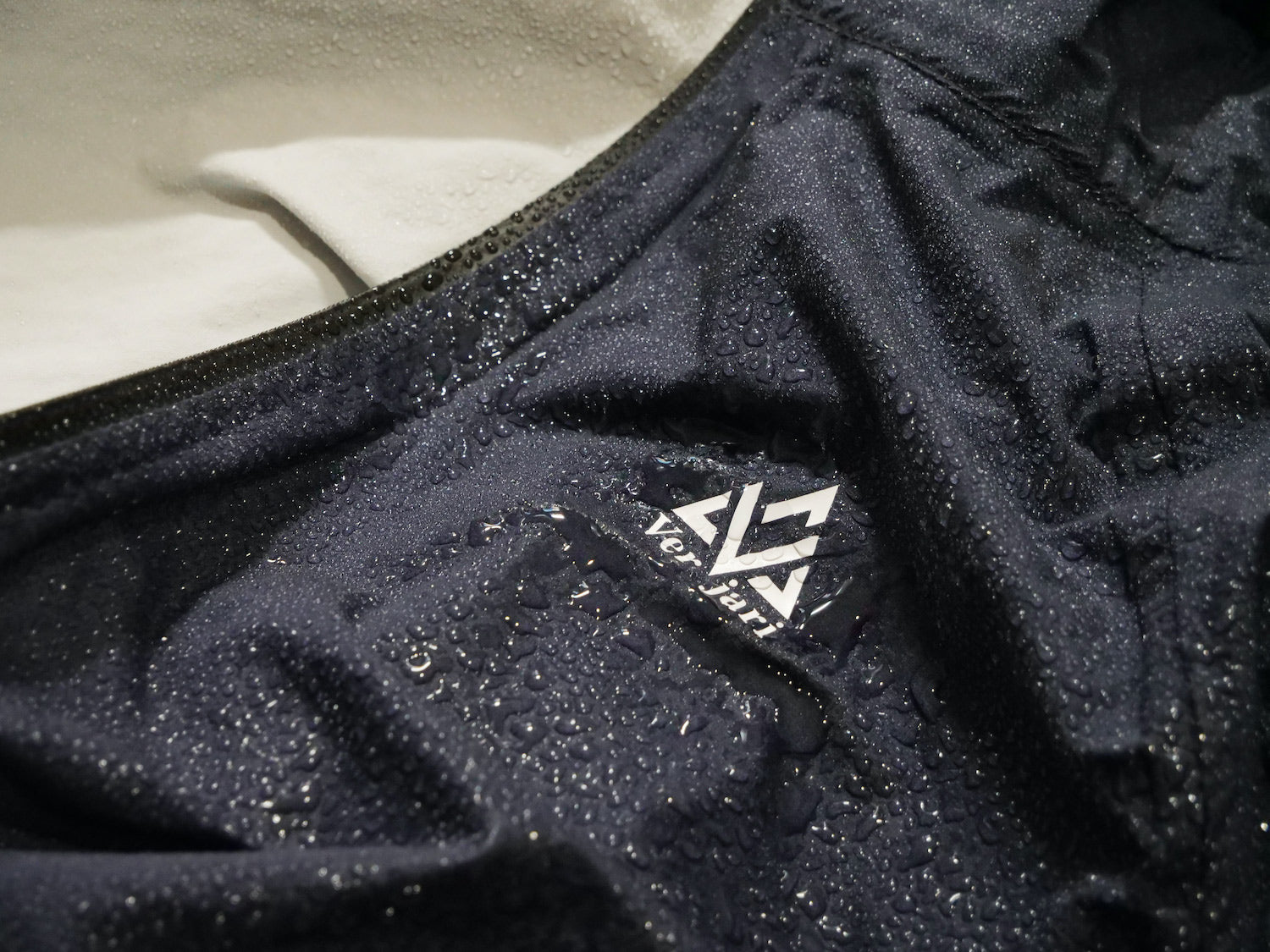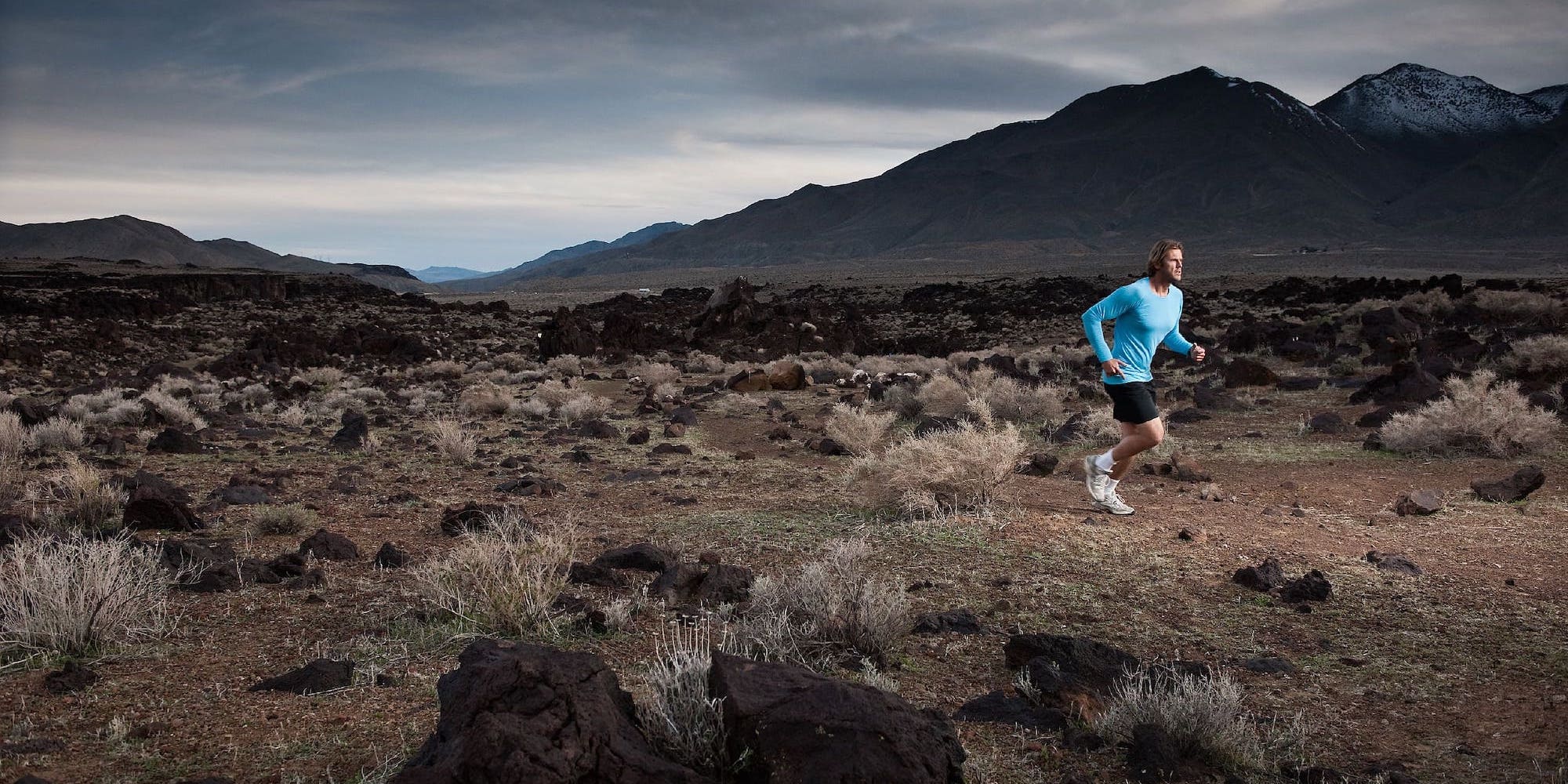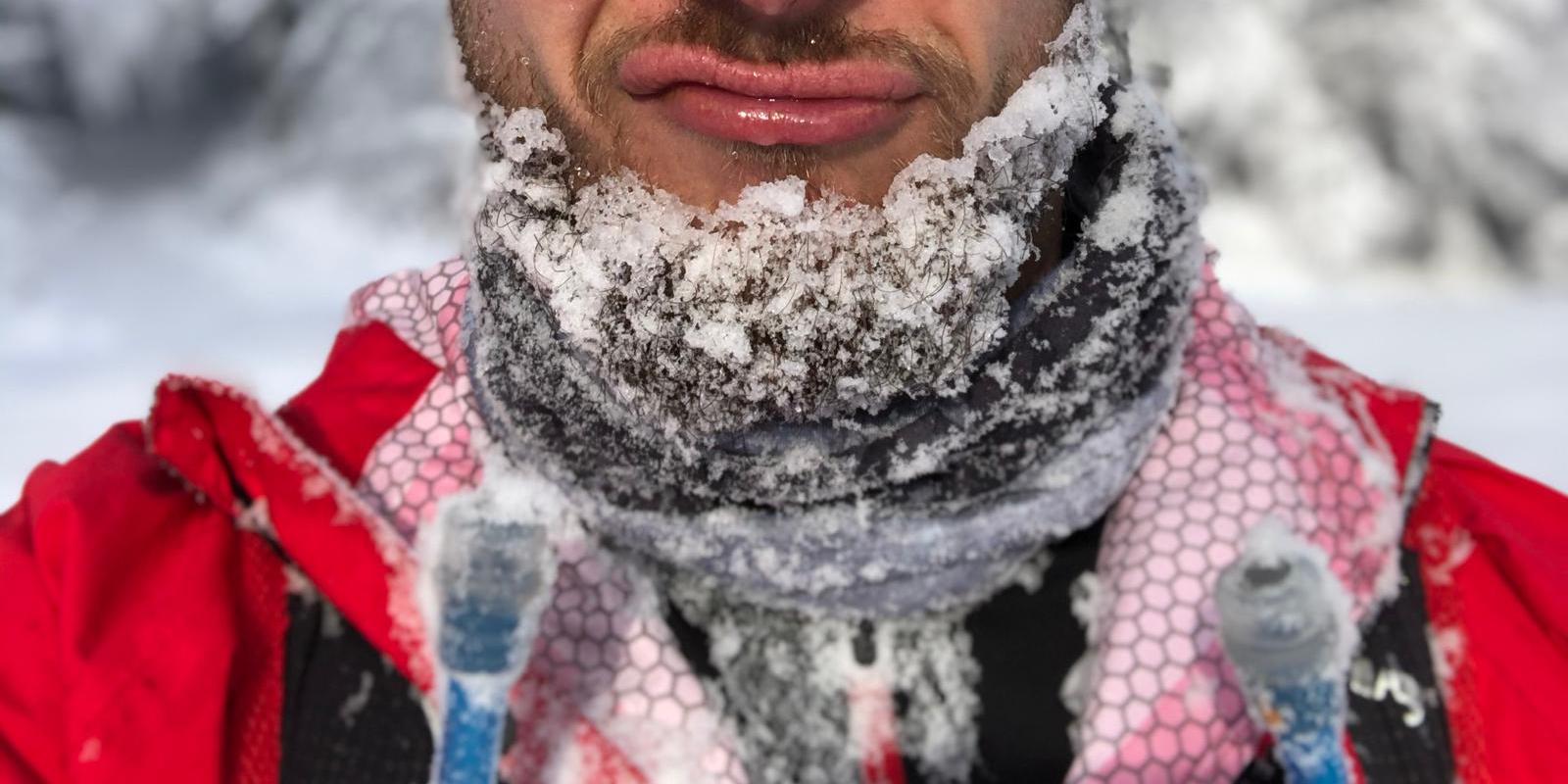1. Watch the weather and adapt your equipment
Logical instruction but not so simple to set up; the SaintéLyon has the gift of surprising us year after year. We therefore advise you to plan for the worst scenario (rain/snow by 2/3 degrees as well as wind being the most complicated to manage) and to adapt the D-Day.
It is therefore a few hours before setting off that you will decide how many layers to wear.
The “3 layers” system remains a fundamental. 1st breathable layer, 2nd insulating layer, 3rd protective layer (usually windproof / waterproof). Opt for clothes in dark colors that retain heat better.
And don't neglect your extremities: heads, feet, hands. They cool faster than the rest of the body and rapidly increase the feeling of cold. Verjari waterproof hats, waterproof gloves and waterproof socks are specifically designed to overcome this problem.
2. Manage your time at the aid stations
Whether you take part in the SaintéLyon “to finish it” or “to perform”, the aid stations are key positions.
Do not consider this moment as a parenthesis in the race or you will seek comfort. But good as a short transition period. Too long a break (more than 5/7min) will have the effect of cooling you down physically and mentally. Getting out of the refueling will only be harder.
It is also a position where you can, without too much effort, save time on your clock.
With 5 aid stations on the 75km version, the difference at the end of the race between a runner who spends 5min there and another 8min is: 15min! Always pleasant when looking for a chrono or even when trying to escape a time barrier.
3. Watch your stomach
Apart from the discomfort that cold and wet weather can have on your feelings, it is also a great enemy for your stomach. In fact, digestive disorders affect a large majority of runners, and can lead to retirement in the worst case.
Your goal will be to avoid exposing your belly to the cold. So avoid running with your jacket open and your t-shirt soaked (again, equipment adapted to the weather and its impact). Prefer to keep your belly warm, sheltered from the cold wind under a jacket.
The cold can still cause you stomach discomfort via the water in your hydration pack, which will also be at a low temperature. Then think about taking a hot supply: soup, pasta, etc. generally present on the Saintélyon.
4. Manage your last week of training well
More commonly known as a "sharpening week", it can be 1 to 2 weeks depending on the training plan you follow. The classic mistake is to want to insert 2/3 outings that are too long or too intensive for fear of missing or lowering your level because of a potential "under training".
It is not so. The last week should only contain 2/3 outings of 20/40min each with low intensity. Your goal here is to capitalize on your months of training and arrive fit and rested at the start.
Keep in mind that you can't waste 3 months of training by doing very little outings in the last week. Conversely, you can really create fatigue by wanting to do too much and arrive “empty”, “without juice” on D-Day.
With these 4 points, you are now ready to face the elements for your first Saintélyon. The Verjari team will be present for its 3rd year at the show at the Halle Tony Garnier. Do not hesitate to drop by to discuss waterproof equipment or simply say hello; we will welcome you with pleasure.
Good race !
Written by Romain Tami (@Run_connect),








